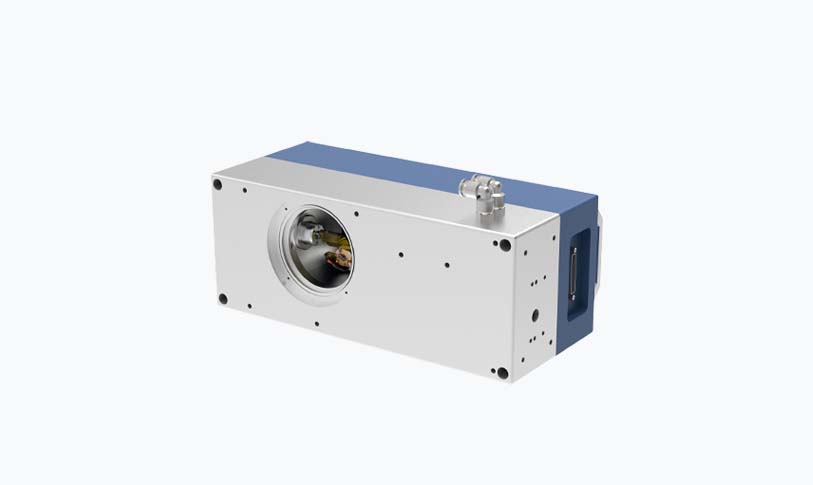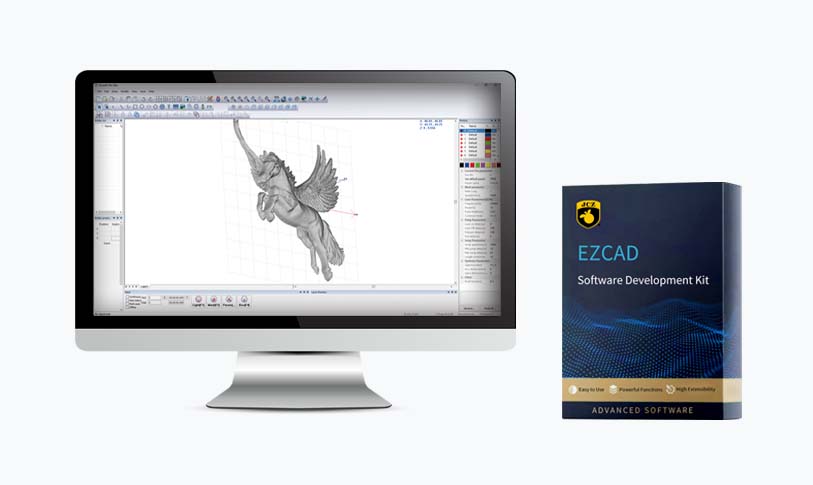Galvo scanning, a method that employs galvanometer-driven mirrors to direct laser beams with high precision, has emerged as a critical technology in a multitude of applications ranging from industrial manufacturing to medical therapies. This article delves into the mechanics, advantages, and diverse applications of galvo scanning, illustrating its profound impact on various sectors.
At its core, galvo scanning operates using highly responsive and accurate galvanometers that are equipped with mirrors. These mirrors pivot rapidly to redirect the path of the laser beam, allowing for precise movements across two axes—X and Y. This flexibility enables the system to trace intricate patterns, engrave detailed designs, or perform precise cuts without the need for the laser source to physically move. As a result, galvo scanning systems can achieve extraordinarily high speeds, often exceeding those of conventional laser machining technologies.

Understanding Galvo Scanning: Revolutionizing Precision in Laser Applications Across Industries
One of the significant advantages of galvo scanning is its ability to facilitate high-speed processing without compromising on accuracy. In traditional laser systems, moving the entire laser head can lead to longer processing times and increased mechanical wear. However, with galvo scanning, the laser can be directed to different points almost instantaneously, significantly reducing the time taken for operations like engraving, cutting, or marking. The technology ensures that the laser focus maintains its sharpness even at high speeds, which is crucial for producing high-quality results.
Moreover, the flexibility of galvo scanning systems makes them ideal for various materials. Whether it’s metals, plastics, glass, or textiles, galvo scanning can be adapted to handle a diverse range of substrates. This versatility opens doors for industries such as automotive, aerospace, electronics, and even fashion to utilize laser technology for their unique needs. For instance, in the automotive field, manufacturers can use galvo scanning for engraving parts with precise serial numbers or intricate designs, enhancing both identification and aesthetics.
In the medical field, galvo scanning’s precision facilitates applications like laser surgery and dermatological treatments. Laser devices equipped with galvo systems can target specific areas of tissue with unparalleled accuracy, reducing collateral damage and leading to improved patient outcomes. Techniques like laser-tissue interaction are enhanced by this technology, allowing for precise incisions and effective removal of unwanted tissue.

Understanding Galvo Scanning: Revolutionizing Precision in Laser Applications Across Industries
The integration of galvo scanning in the field of 3D printing has also shown immense promise. By combining rapid laser scanning with additive manufacturing processes, manufacturers can create complex geometries with exceptional surface detail. The ability to control the laser beam so precisely means that the properties of the final product can be optimized based on the materials used and the desired outcome.
In the art and design sectors, galvo scanning has transformed how artists and designers approach their creations. The technology enables them to engrave intricate patterns onto various surfaces, creating unique art pieces or personalized products with ease. Artists can explore new dimensions of creativity by harnessing the capabilities of this scanning technology.
Though galvo scanning offers numerous advantages, there are considerations to keep in mind. To achieve optimal results, careful calibration and alignment of the galvanometer system is essential. Additionally, users must ensure that the laser power is appropriate for the materials being utilized to prevent damage or incomplete processing.

Understanding Galvo Scanning: Revolutionizing Precision in Laser Applications Across Industries
In conclusion, galvo scanning represents a significant advancement in laser technology, propelling industries into new realms of efficiency, precision, and creativity. As this technology continues to evolve, it is likely to unlock even more possibilities for innovation across various sectors. From enhancing manufacturing processes to enabling groundbreaking medical applications, galvo scanning is poised to remain at the forefront of laser technology for years to come. As industries recognize and embrace the capabilities of this approach, we may witness a lasting transformation in how precision tasks are performed, reshaping the landscape of production and design.ps picosecond


